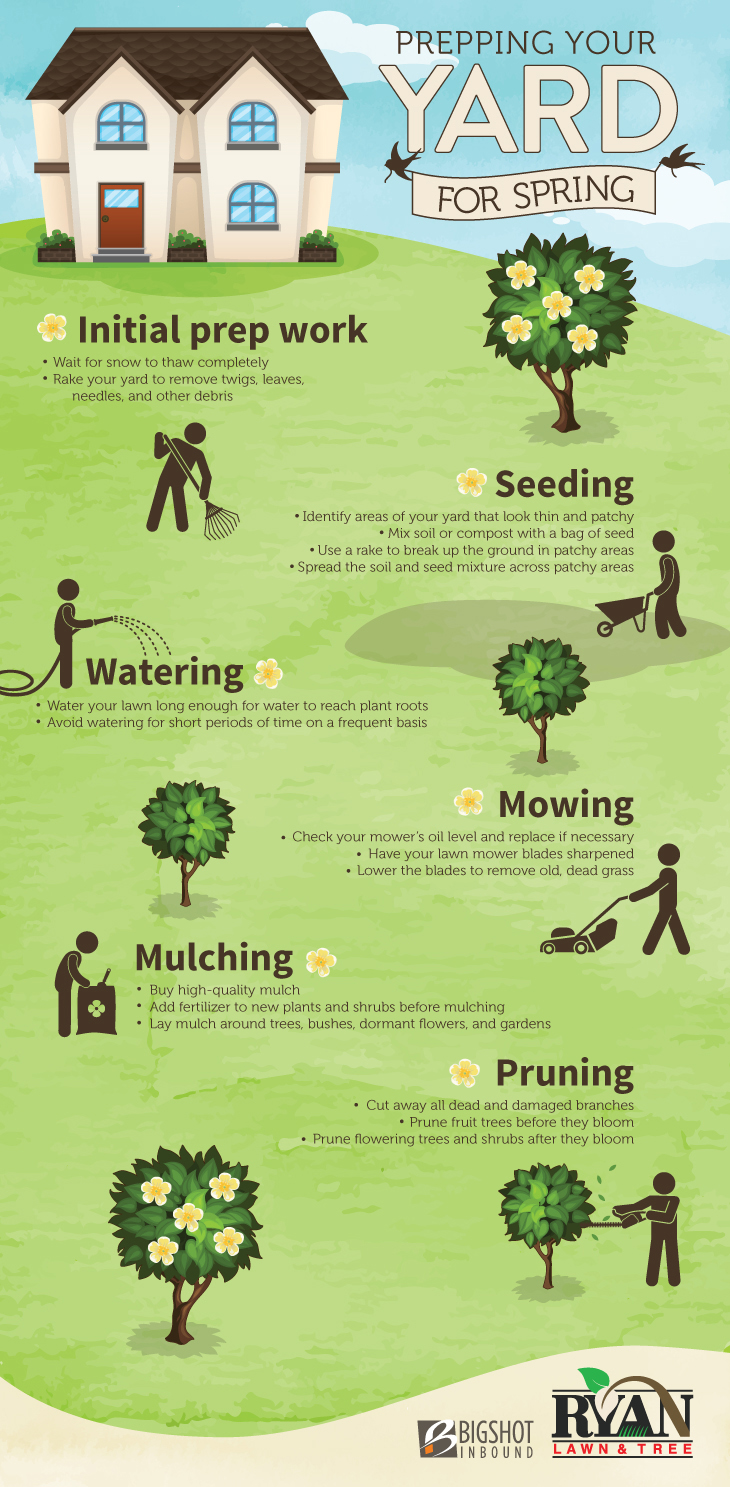Post-Tree Removal Treatment: Effective Approaches For Landscape Restoration
Post-Tree Removal Treatment: Effective Approaches For Landscape Restoration
Blog Article
Author-Tate Cochrane
After a tree's elimination, your landscape might look fairly various, and it's important to assess the after-effects very carefully. https://juliuscxbvq.blogchaat.com/35355335/a-detailed-overview-to-the-expenditures-of-tree-elimination-uses-essential-budgeting-insights-for-your-landscaping-jobs-learn-about-the-components-that-can-influence-your-prices 'll want to assess the soil disturbance and check surrounding plants for any indicators of stress. Overlooking these variables can cause larger troubles down the line. So, what should Removing Palm Trees perform with those stumps and roots? And exactly how do you pick the very best plants for your rejuvenated area? Let's check out these essential actions.
Examining the Results: Examining Your Landscape
After a tree removal, it's vital to evaluate your landscape to understand the effect it has on your yard.
Begin by checking out the location where the tree stood. Try to find signs of dirt disturbance, and check the surrounding plants for any anxiety or damage.
You must additionally make note of just how the elimination has altered sunlight direct exposure and air flow in your garden. This shift can affect the growth of close-by plants, so it's vital to assess their health and wellness.
Take into consideration the aesthetic aspects also; the removal may develop an open space that you can redesign.
Ultimately, think of any kind of potential erosion problems that might emerge from the tree's lack. Dealing with these variables early will help bring back balance to your landscape.
Dealing With Stumps and Roots: Choices for Elimination
As soon as you've evaluated the aftermath of the tree elimination, you'll likely require to tackle the stump and roots left.
You have a few choices for removal. One efficient approach is stump grinding, where a professional utilizes a machine to grind the stump to below ground degree. This strategy leaves minimal interruption to your landscape.
If you favor a do it yourself method, you can utilize a combination of digging and chemical stump eliminators. Just bear in mind, this procedure can take some time and effort.
Conversely, consider leaving the stump as an all-natural attribute, which can act as a special garden component or habitat for wild animals.
Whatever you pick, attending to the stump and origins is necessary for recovering your landscape.
Selecting the Right Plants for Your New Space
As you evaluate your freshly removed space, picking the right plants can dramatically improve your landscape's appeal and functionality.
Begin by considering the sunlight and soil conditions. For warm locations, go with drought-resistant plants like lavender or succulents. In shaded spots, ferns and hostas grow well.
Think of the size and growth behaviors of your plants; mix perennials and annuals for seasonal variety. Don't fail to remember to incorporate native varieties; they call for much less upkeep and support neighborhood wild animals.
Team plants in strange numbers for an extra natural look and create layers for visual deepness.
Ultimately, guarantee you have a mix of colors and appearances to keep your landscape vibrant throughout the periods.
Delighted planting!
Conclusion
Finally, restoring your landscape after tree elimination is a rewarding procedure. By analyzing the consequences, attending to stumps and roots, and selecting the right plants, you'll develop a flourishing environment. Don't fail to remember to integrate erosion control actions to shield your dirt. With a little initiative and treatment, you can change your space into a vivid garden that enhances your property. Embrace the chance to revitalize your landscape and delight in the beauty of nature right in your yard!
